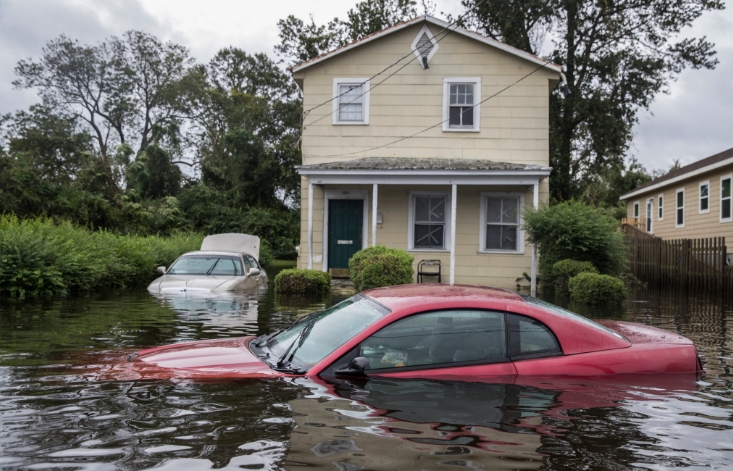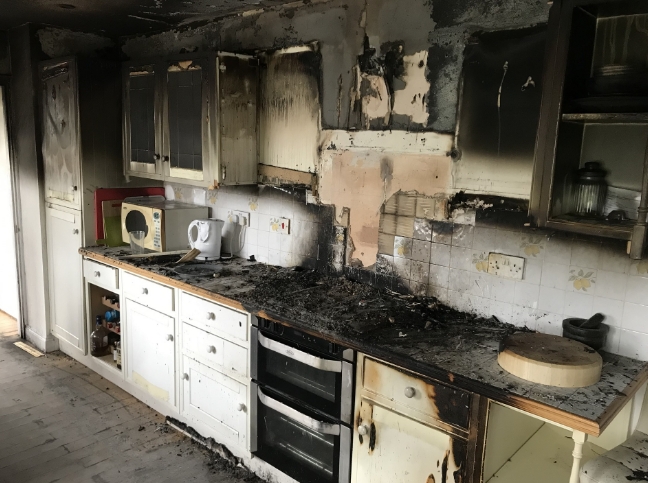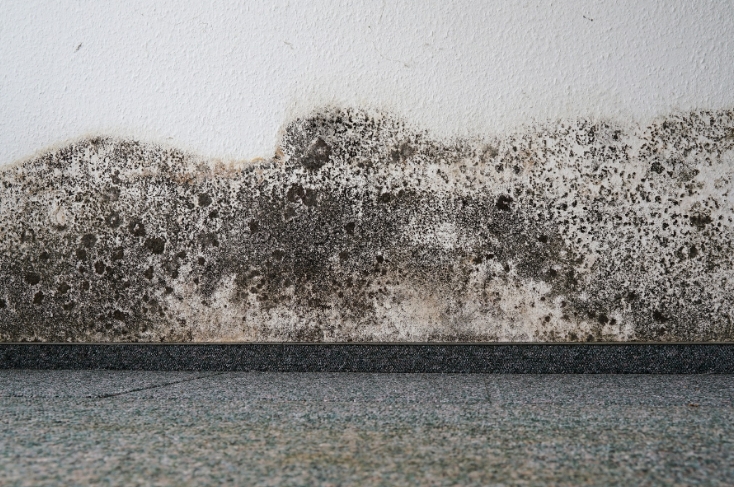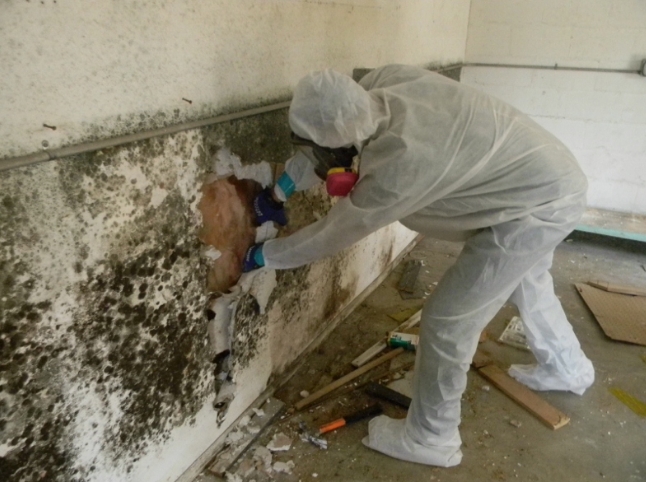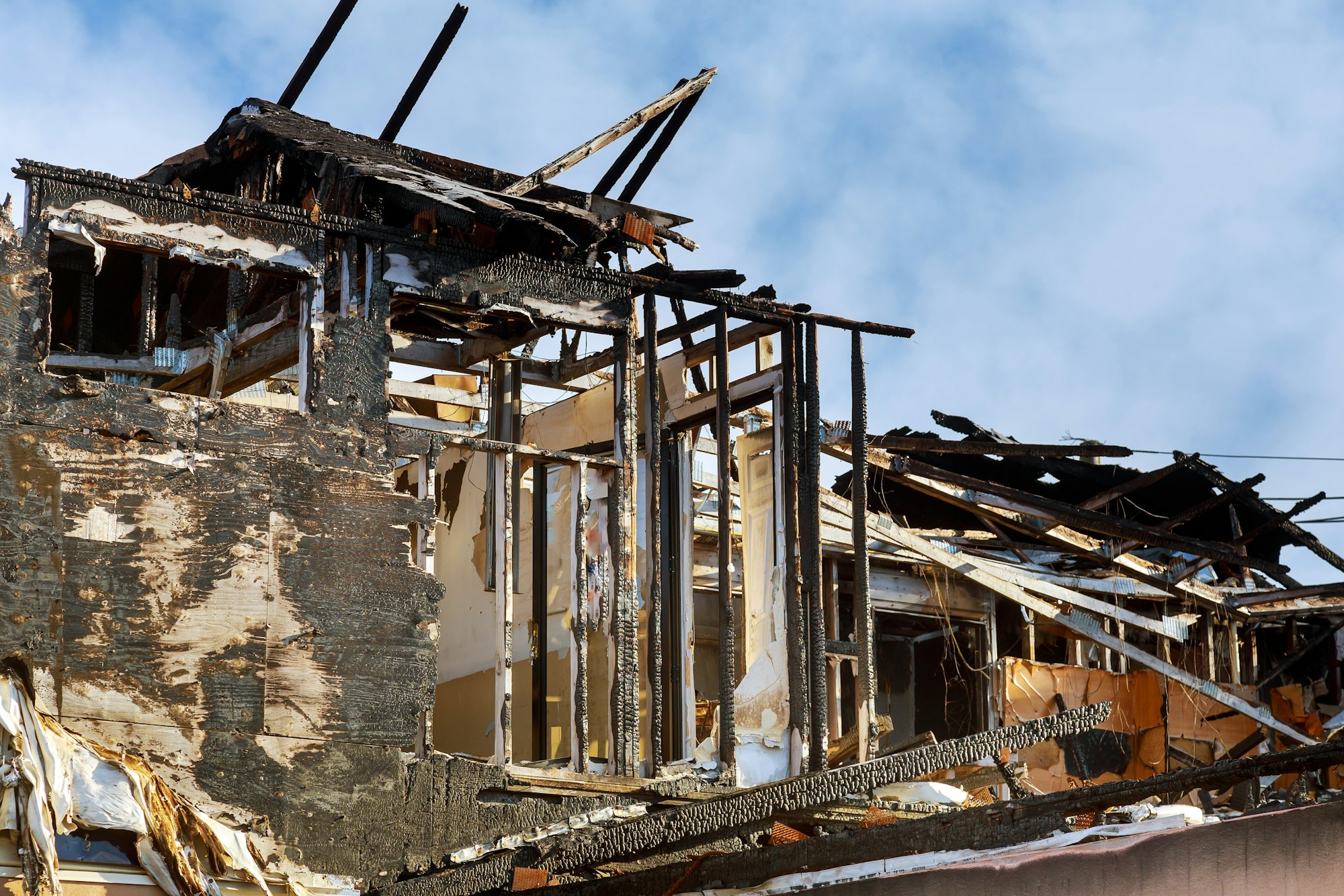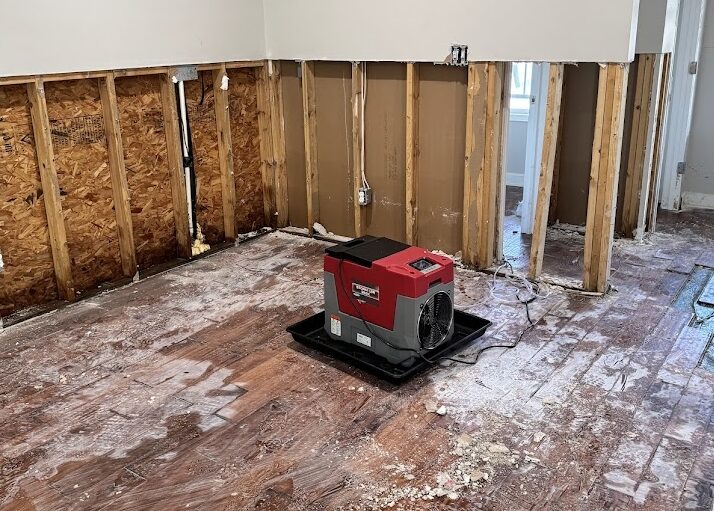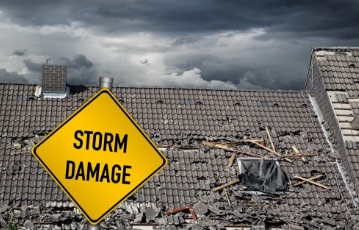Flooding ranks among the most frequent natural disasters alongside wildfires and droughts. Typically triggered by hurricanes, swollen rivers, heavy rains, or melting snow, floods pose significant risks to health, homes, and businesses.
If you reside in a flood-prone region, taking preemptive measures is crucial to protect your loved ones and property. Explore our recommendations for flood preparedness below.
North Carolina’s Top 5 Worst Floods
- Hurricane Florence, in September 2018, stands unparalleled in terms of rainfall volume, duration, and resultant flooding severity. Moving slowly inland, it dumped over 12 inches of rain across the Sandhills and southern Coastal Plain, with some areas in Bladen, Onslow, and Carteret counties receiving nearly 3 feet of rainfall. The Neuse and Cape Fear rivers and their tributaries, overwhelmed by the deluge, reached record crests, leading to widespread flooding in towns, farms, and even major highways for days and weeks post-storm. Even now, six years later, cities like Lumberton continue to grapple with the aftermath. Efforts include purchasing homes in flood-prone areas and planning to elevate Interstate 95 to mitigate future flooding risks similar to those caused by Hurricane Florence.
- Hurricane Matthew struck in October 2016, standing as North Carolina’s most devastating flooding hurricane before Florence. While its eye did not directly hit the state, it drew significant moisture from the Atlantic, resulting in over a foot of rainfall in areas like Fayetteville, which were already saturated from previous tropical storms Hermine and Julia, along with heavy rain showers in the preceding month. Both the Cape Fear and Neuse rivers reached record levels, with Kinston setting an enduring high-water mark, unmatched even by Florence. Matthew’s flooding submerged major roads, towns such as Lumberton, Kinston, and New Bern, and caused extensive damage to farms during harvest season.
- Hurricane Floyd struck in September 1999, marking the first significant inland flooding event in North Carolina, a trend we’ve sadly seen repeated over the past 25 years. Following closely on the heels of Hurricane Dennis, which had already saturated soils and waterways, Floyd brought 12 to 18 inches of rain. This excessive rainfall led to unprecedented flooding along the Tar and Neuse rivers. Floyd’s most enduring impact was felt in eastern North Carolina. The historic town of Princeville, established by freed slaves after the Civil War, was devastated when a levee protecting it from the Tar River failed, resulting in more than 20 feet of flooding. The inundation of hog farms caused a secondary environmental crisis as animal waste was carried downstream, contaminating water supplies and posing significant public health risks.
- In July 1916, mountainous regions experienced severe flooding due to the convergence of two tropical systems—one from the Gulf and another from the Atlantic—that saturated the area over a week. Asheville bore the brunt of the impact, with the French Broad River surging to an unprecedented crest of approximately 23 feet, surpassing its major flood stage by over 5 feet. Along the Catawba River, the flooding was so intense that it destroyed bridges and railroad trestles, leading to the tragic deaths of numerous Southern Railway workers during cleanup efforts.
This catastrophic event still holds North Carolina’s record for the highest rainfall within a 24-hour period—22.22 inches recorded at Altapass—and remains the deadliest tropical storm in state history, claiming around 80 lives in total. - The Second Great Flood occurred in August 1940, earning its name due to its occurrence just 24 years after the devastating July 1916 flood in the same region. Similar to the 1916 event, this flood resulted from moisture lifted up the mountain slopes by the remnants of a hurricane, leading to intense rainfall and subsequent flooding. Boone received eight inches of rain in a single day, triggering thousands of landslides across the area. Both the Watauga and New rivers reached higher crests than during the 1916 floods, marking this event as the most severe flood on record for the northern Mountains. At least 20 fatalities are attributed to this catastrophic event.
Notable Incidents
Tropical Storm Fred, August 2021, made a significant impact even before its remnants arrived in August 2022. Preceded by a rainy weekend featuring persistent showers and thunderstorms in the southern Mountains, Fred’s rainfall pushed weekly totals above 12 inches in some areas. This deluge flowed down slopes, swelling rivers and streams. Haywood County bore the brunt of Fred’s flooding, as the Pigeon River inundated Canton and Cruso, resulting in five fatalities. In other areas, the French Broad River in Asheville and the Swannanoa River at Biltmore both rose to moderate flood stages following the storm.
Frances, Ivan, and Jeanne made September 2004 a memorable month for western North Carolina, with a trio of tropical storm remnants causing widespread flooding and damage. Frances started the deluge by dumping over a foot of rain, including a staggering 14.62 inches in Black Mountain. This inundation led to the swelling of the Swannanoa River and flooding in Biltmore Village.
Shortly after Frances, Ivan followed a similar path up the Appalachians, saturating already waterlogged soils and slopes with additional moisture. This resulted in dangerous landslides, including fatal incidents in the Peeks Creek community of Macon County.
Closing out the month, Jeanne brought minor flooding but capped what became the wettest month on record for much of western North Carolina. Lake Toxaway recorded an astonishing 31.45 inches of rain for the month—nearly a third of its annual average precipitation—while Mount Mitchell received 46.77 inches, equivalent to two-thirds of its annual average, all falling within just one month.
Eta-Driven Deluge, November 2020: The relentless 2020 Atlantic hurricane season extended well into November, even delving into the Greek alphabet, a backup naming system for storms in the basin. While Tropical Storm Eta didn’t directly pass over North Carolina, it funneled moisture ahead of a cold front, resulting in localized heavy rainfall and flooding across the western Piedmont and northern Coastal Plain.
The impact was profound: Three fatalities occurred, and 31 individuals were rescued from the inundated Hiddenite Campground as floodwaters rose swiftly. Approximately 230 roads, including sections of interstates 85 and 95, were either closed during or in the aftermath of the storm. This event contributed significantly to North Carolina’s record-setting rainfall in 2020, marking it as the wettest year in state history.
Flood Preparation Tips
Be Ready Ahead of Time:
Make sure you’re Red Cross Ready by taking these steps:
- Prepare an emergency kit.
- Establish a household evacuation plan.
- Stay informed about your community’s flood risk and response strategies.
- Ensure family members know how to stay in touch if separated during an emergency.
How to Prepare for a Flood
Protecting Your Home:
Start by determining if your area is at risk of flooding. If so, consider obtaining flood insurance that covers such events.
If you reside in a flood-prone zone, take these precautions to safeguard your home:
- Elevate your home to minimize flood damage.
- Consult with professionals to raise your water heater, electrical panel, and furnace to heights less susceptible to flooding.
- Install check valves in plumbing to prevent floodwater from backing up into your drains. As a last resort, use large corks to seal tubs or plug showers.
- If local building codes permit, construct flood barriers like flood walls to divert water away from your home.
- Apply waterproofing compounds to basement walls to prevent water seepage through cracks.
- When flooding is imminent, use sandbags to create barriers. Two people can typically fill 100 sandbags in about an hour to build a one-foot high wall.
- Ensure you have enough sand, time, and capable helpers to assist.
Some communities provide free sandbags when flooding is anticipated. Stay informed to take advantage of such opportunities.
Protecting Your Pets During Floods
Prepare an emergency kit specifically for your pets. Safeguard any outdoor areas such as outhouses, corrals, or pastures in the same manner as your home. When installing fences, ensure they allow your pets easy access to higher ground in the event of flooding.
Just before flooding:
- Fill clean plastic bottles with drinking water for your pets.
- Fill bathtubs and sinks with water that can be used later for cleaning floors or flushing toilets.
- Ensure your car’s gas tank is full in case of evacuation.
- Turn off propane tanks to reduce the risk of fire.
If time permits:
- Move valuable items and furniture to higher ground.
- Follow authorities’ instructions to turn off utilities and protect home appliances from damage.
During a Flood
Stay informed by listening to radio or TV broadcasts for weather updates and emergency instructions. If there’s a risk of flash flooding, move immediately to higher ground without waiting for instructions. Follow all emergency directives issued by authorities.
If you need to evacuate:
- Leave promptly if instructed to do so, ideally before flooding worsens when ordinary vehicles might struggle to navigate.
- Turn off all electrical circuits at the main switch, shut off gas at the meter, and close the main water valve.
- Use designated evacuation routes, as shortcuts may be blocked or hazardous.
- If you encounter flooded roads, turn around and find an alternative route. Avoid driving through floodwaters; your vehicle could be swept away. If your car becomes stranded, exit immediately and move to higher ground.
- If you must wade through standing water, use a stick to check for firm ground ahead.
- Avoid entering buildings surrounded by floodwaters.
After the Flood
- Stay updated by listening to official statements from government authorities.
- Do not return home until it is deemed safe and authorized by authorities.
- Upon returning home, inspect your residence carefully before entering. Look for visible cracks or structural damage.
- Avoid driving through flooded areas with your vehicle.
- Use a stick to move lightweight objects and watch for dangerous insects or wild animals.
- Check your home’s electrical circuits, water sources, and gas lines for any damage before restoring services.
- Avoid stepping into standing water with bare feet, as it may carry an electric charge from downed power lines.
- Thoroughly clean and disinfect all items that came into contact with floodwater. Wear protective gear such as rubber gloves and exercise caution during cleanup.
- Report any damage to public facilities or amenities to the appropriate authorities.
- Assist disabled individuals and neighbors in need if possible.
- Take photographs of the flood damage to document for insurance claims.
Ensure you have well-stocked emergency survival kits at work, in your car, and at home to enhance preparedness.
The Path to Recovery
While floods are unavoidable natural disasters, their impact on our lives can be mitigated. As floodwaters recede, the focus shifts to restoration and rebuilding.
Taking swift action to repair your property can prevent further damage from mold or rust, and salvage some of your belongings.
At Home Disaster Medics (HDM), we specialize in home improvement, ensuring your home receives top-notch renovation services.
As a homeowner, it’s crucial to secure valid flood insurance since standard homeowner’s policies typically do not cover floods.
Let us assist you in restoring your cherished home!

